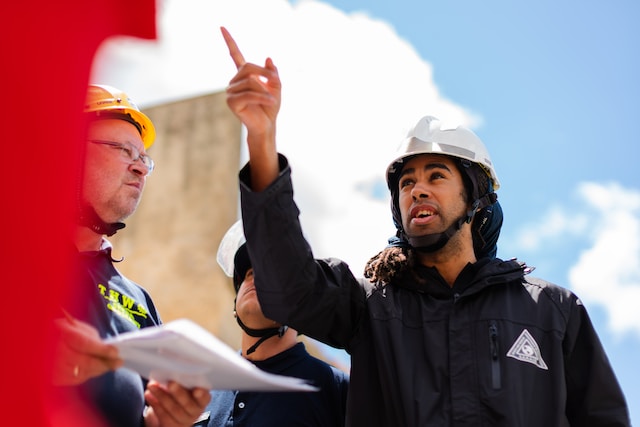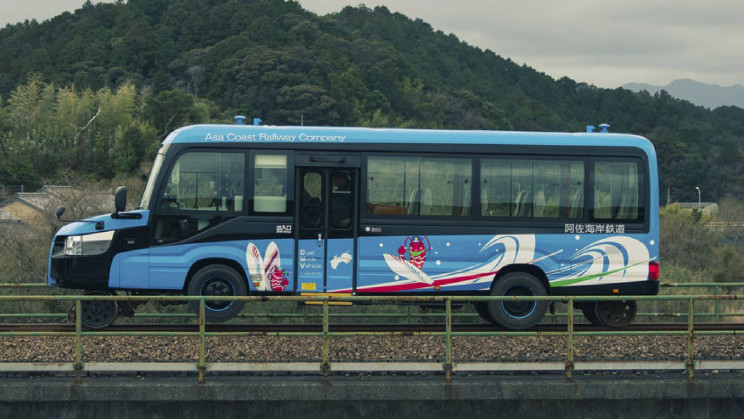In order for SpaceX to be able to deploy reusable rockets time and time again, the company first has to make sure it can successfully recover them after trips to outer space.
Elon Musk and his team decided rocket landing pads called autonomous spaceport drone ships would be the best option, which are essentially extremely stable floating platforms in the middle of the ocean.
SpaceX will attempt to land Falcon 9 rockets on the autonomous spaceport drone ships during its next two resupply SpaceX flights on December 16 and January 23, 2015.
The company believes the realistic probability the rockets successfully land on the floating platforms is around 50 percent, pretty high for the inaugural attempt.
The Falcon 9 has landing legs that take up approximately 18 feet of space so SpaceX made sure the spacecraft would have plenty of room to land on the ships, making the main base only slightly smaller than the size of a football field.
Musk tweeted a couple of tweets explaining that the base is 300 feet by 100 feet, with wings that extend to 170 feet. The landing pads can hold steady in inclement weather thanks to thrusters repurposed from deep sea oil rigs holding them in place.






